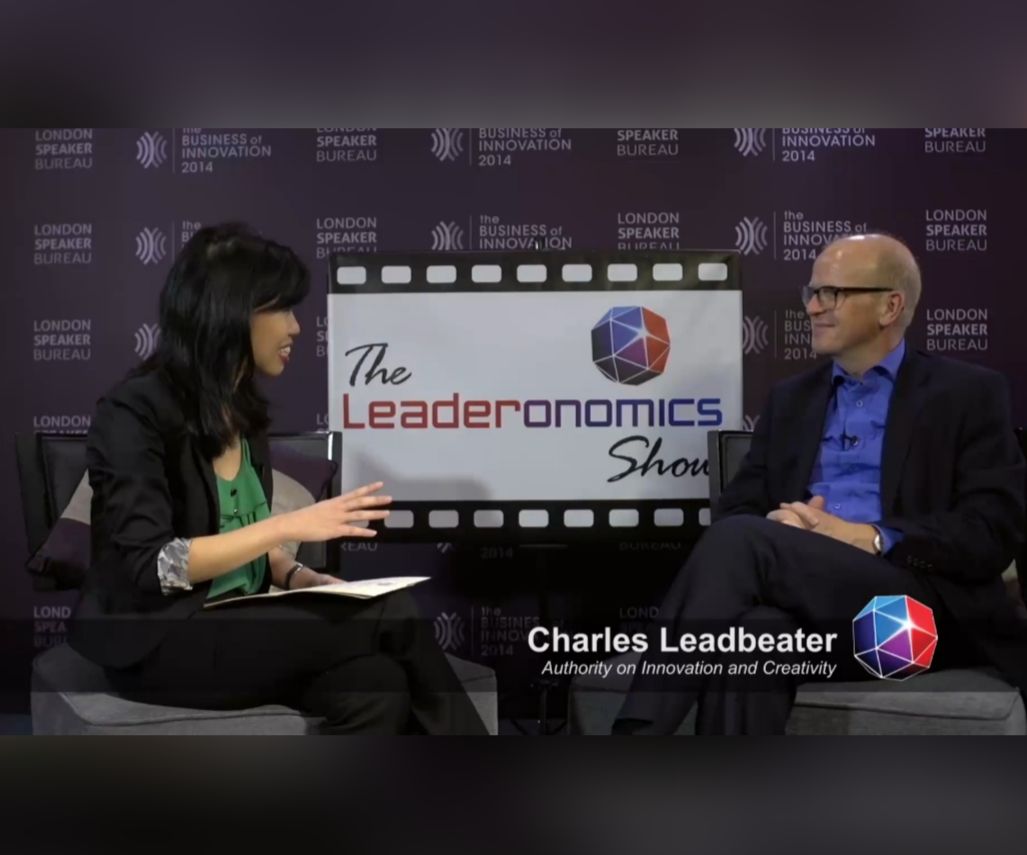Building A Sustainable Organisation

Photo Source: JD Hancock
By BOB and GREGG VANOUREK
So, you want to build a sustainable organisation. Great. But what do you mean by “sustainable”?
An organisation that has built environmental protection into its operations, or an organisation that is enduring?
If your focus is on being “green,” you might think that since the world is becoming more environmentally conscious, you can “do well by doing good,” as the saying goes, and customers will beat a path to your door because you are “green.”
Good luck with that. Too often, that is just not the case. There is no automatic win. Many companies shine on corporate social responsibility (CSR) metrics but struggle with performance.
So, how can you do both? We have a framework of advanced leadership practices, based on decades of our own experience and our research, including interviews with leaders from 61 organisations in 11 countries for Triple Crown Leadership: Building Excellent, Ethical, and Enduring Organisations.
THE THREE Es
First, you must set as your overarching goal to build an Excellent, Ethical, and Enduring Organisation.
We call it the “three Es.” Building an excellent, ethical, and enduring organisation means embracing a new model of leadership, what we call “triple crown leadership.” It is a model very different from most leadership models used today.
Here is how we define the three Es:
Excellent: Excellent means achieving outstanding results. Regardless of your intentions, if you don’t achieve strong results, your tenure as a leader will be short.In business, you must generate attractive financial results
In non-profits, you must generate impact with your programmes to attract participants and donors or grants.
Ethical: Ethical means operating in accordance with universal principles of right and wrong. It means achieving your results the right way: without cutting corners
Triple crown leaders make decisions after analysis, reflection, and consultation with trusted colleagues.
They apply simple standards such as: “Would this violate any of my core beliefs?”; “How would I feel if this were on the front page of the newspaper?”; and “What would my family say about this decision?”
Yancey Hai, vice-chair and CEO of Delta Electronics (an award-winning global leader in clean energy solutions based in Taiwan), told us, “You must have a high degree of integrity; otherwise, you don’t belong here.”
Often, the ethical path is the harder one. It can be painful or costly (for example, when others in your industry are bribing or cooking the books). In the long run, though, ethical ventures build trust and reap dividends.
Commitment is essential, but only the first step. Leaders must also create systems and processes for instilling ethics into the enterprise.
Enduring: Some organisations accomplish impressive feats by sacrificing the long-term for the short term. They cut corners, or abuse some stakeholder group (such as employees or vendors) in order to gain temporary advantage.
Eventually, they face a rude awakening, realising they cannot sustain such artificial gains because they borrowed from a future quarter, depleted irreplaceable assets, or lost the trust of important constituents.
Enduring organisations operate sustainably, which, as we see it, has two dimensions:
Internal: sustaining people (not burning them out or otherwise abusing them) and maintaining the financial health of the organisation
External: ensuring appropriate and sustainable levels of resource consumption
Thankfully, many organisations today reject the siren call of short-termism and instead play the “long-game.”
Paul Polman, CEO of Unilever, said, “If you buy into (Unilever’s) long-term value-creation model, which is equitable, which is shared, which is sustainable, then come and invest with us. If you don’t buy into this, I respect you as a human being, but don’t put your money in our company.”
The views of business leaders around the world are changing. In a 2011 survey of 2,874 executives and managers from 113 countries, two-thirds indicated that sustainability is critically important to being competitive in today’s marketplace, up from 55% the year before.
Thirty-one percent said their companies are currently profiting from sustainable business practices.
An overwhelming majority of hundreds of finance executives and investment professionals surveyed by McKinsey and Company believe CSR creates shareholder value.
The business case for sustainable practices includes the potential for increased sales, customer loyalty, revenue diversification, pricing premiums, cost reduction, risk mitigation, reputation enhancement, operational efficiency, innovation benefits, competitive advantage, and talent attraction, motivation, and retention.
Each of the three Es is difficult on its own. Triple crown leaders commit to all three.
The question then becomes: what are the leadership practices that help you achieve them? A summary appears below:
THE FIVE PRACTICES OF TRIPLE CROWN LEADERSHIP
1. Head and Heart:
Triple crown leaders start with new approaches to choosing, developing, and rewarding people. Most organisations focus on knowledge, skills, and experience – “head” issues.
Triple crown leaders, by contrast, recruit for all that plus “heart”: character, emotional intelligence, and “fit” with the organisational culture.
2. The Colours:
Triple crown leaders employ their organisation’s shared purpose, values, and vision as sacrosanct “colours” to represent their quest to become excellent, ethical, and enduring.
The colours are standards by which people can judge their options and make decisions. The purpose grounds, the values guide, and the vision inspires.
3. Steel and Velvet
Triple crown leaders know when to invoke the hard edge of leadership – the steel bit – that demands excellent results, insists upon ethical practices, and resists the allure of short-term thinking.
They also know when to invoke the soft edge of leadership – the velvet stroke – that patiently builds a high-performance culture of character.
The key is that they must learn to do both: getting beyond their natural style and flexing between the hard and soft edges of leadership, depending on the people and situation.
4. Stewards
Triple crown leadership is a group performance, not a solo act. People are empowered by the purpose, values, and vision, not by the authorities, and they have an automatic licence to lead as long as they develop and protect the organisation’s high-performance culture of character.
In doing so, they become stewards. They work on the enterprise, not just in it. This act of stewardship entails radically new responsibilities for the board, CEO, officers, and even people without formal authority.
5. Alignment:
Triple crown leaders align organisations to achieve extraordinary results. Aligned organisations operate at or near peak performance.
They execute remarkably, yet retain the flexibility to make rapid midcourse corrections. Alignment involves a 10-step, collaborative, leadership process that anyone can learn and implement.
THE BENEFITS OF TRIPLE CROWN LEADERSHIP
Leaders who captain their ventures on a quest to become excellent, ethical, and enduring, and who employ the five advanced leadership practices summarised above, will see a host of benefits:
– Infighting due to lack of trust, disrespectful behaviour, and cut-throat competition decreases.
– People commit to the organisation, fueling innovation and unleashing breakthrough ideas.
– The organisation avoids the devastating costs of ethical implosions.
– Employees experience greater satisfaction and fulfillment at work, increasing productivity and decreasing staff attrition.
– Stakeholders reward the enterprise with increased business, loyalty, and support. This triple crown leadership quest is demanding and not for the faint-hearted. No organisation is perfect. People make mistakes. Values collide.
But employing a new brand of leadership can raise your performance levels, employee engagement, and stakeholder satisfaction to new levels.
It is time to put building an excellent, ethical, and enduring organisation at the top of your priority list – and to raise your leadership game.
By so doing, you will build a sustainable organisation.
Bob and Gregg Vanourek, father and son, are co-authors of Triple Crown Leadership: Building Excellent, Ethical, and Enduring Organisations, winner of the 2013 International Book Awards. Gregg is an adjunct professor at the Royal Institute in Sweden. Bob is the former CEO of five corporations. They will be in Malaysia on June 16. If you are keen to sign up for the Triple Crown Leadership seminar or to invite them to speak to your organisation, email people@leaderonomics.com and click here for more Be A Leader articles like this!
Leadership
This article is published by the editors of Leaderonomics.com with the consent of the guest author.





